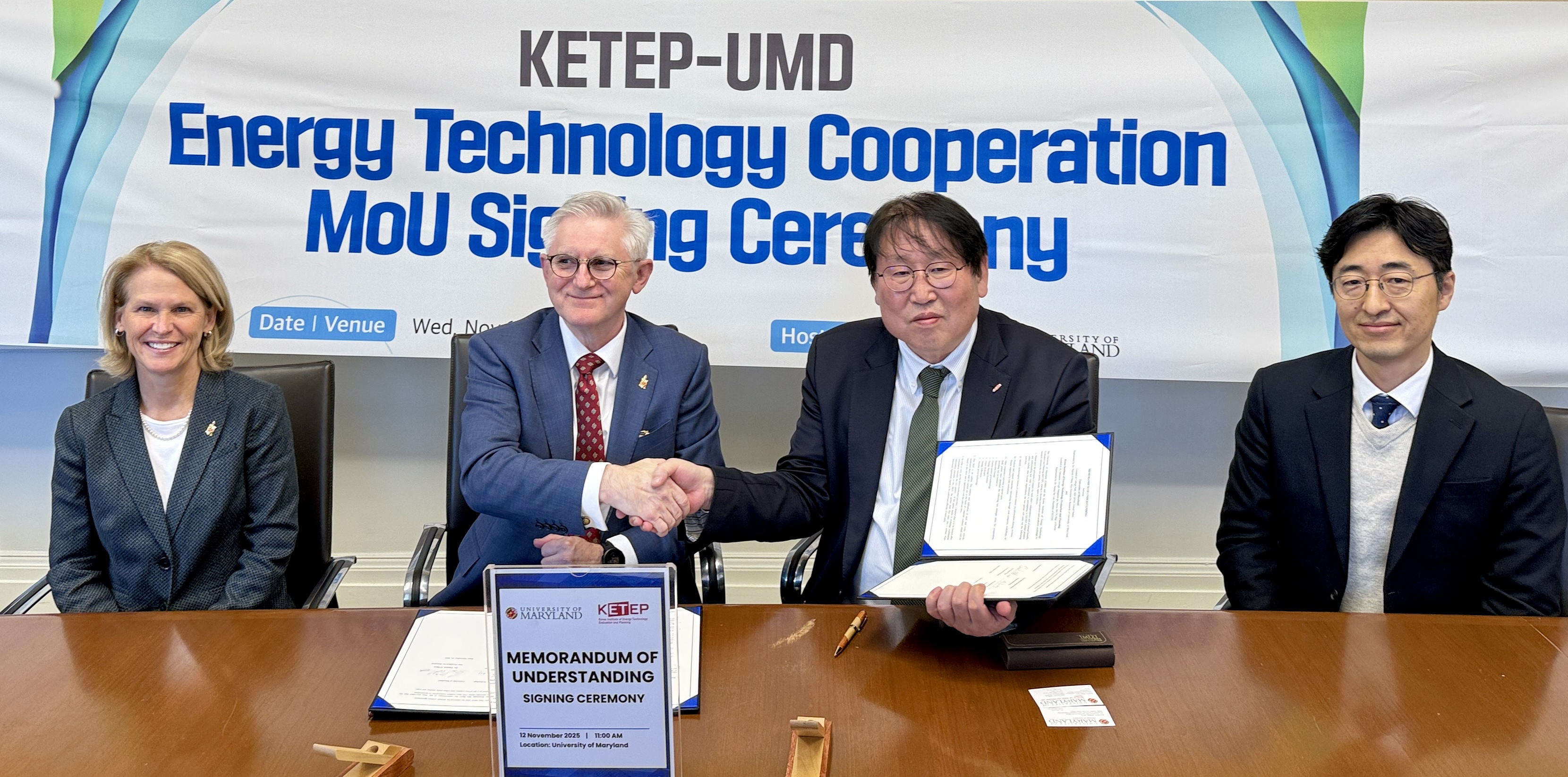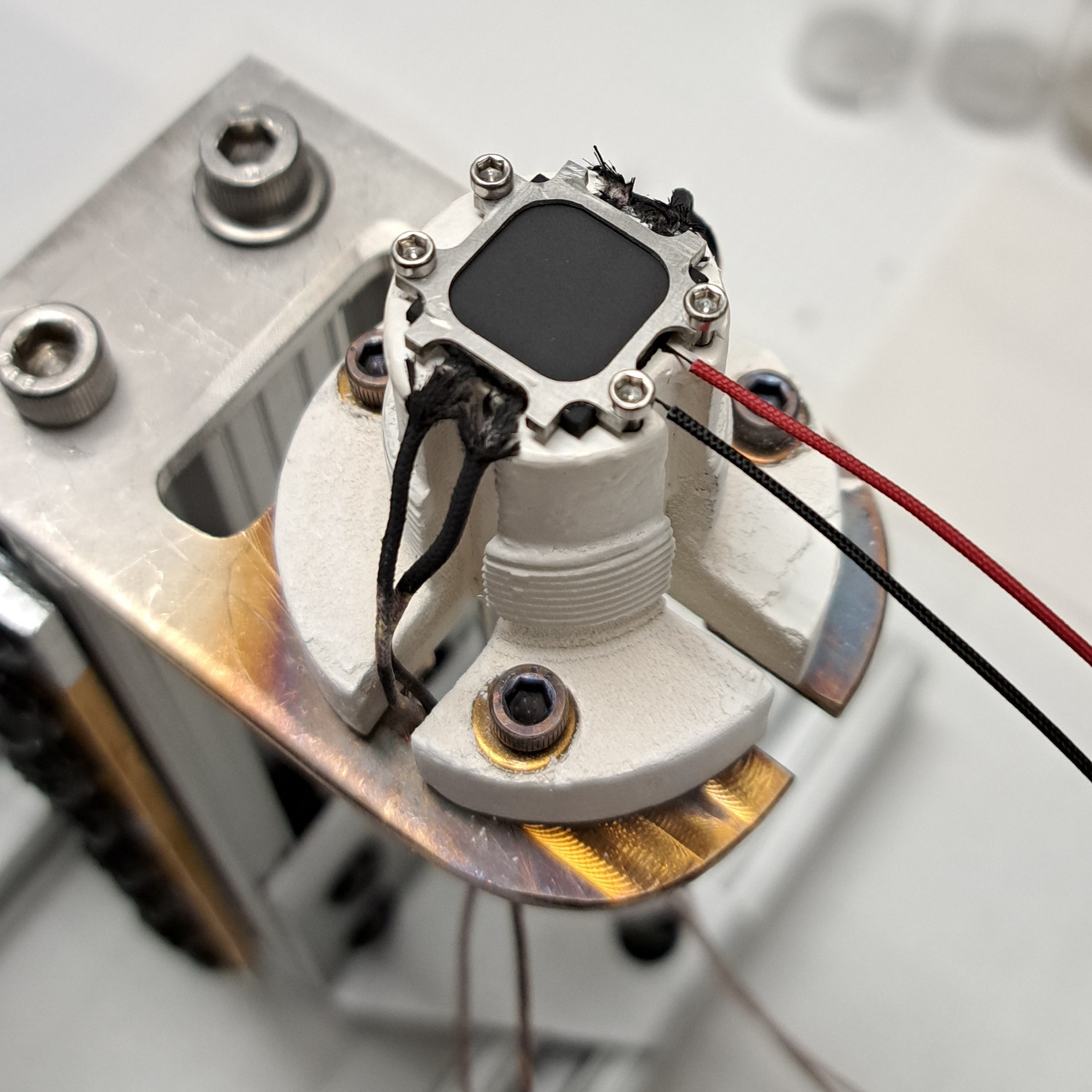News Story
MSE Nanophysics Researcher Ichiro Takeuchi and team Step Closer to Quantum Computing Advances

A group of researchers in the University of Maryland's Center for Nanophysics and Advanced Materials has found a novel way to send a supercurrent through the surface of an insulator with a breakthrough that ultimately could be used for quantum computing.
A key objective of this research is to observe the long predicted Majorana fermion particle, which is its own antiparticle. This phenomenon is difficult to capture, and the nine researchers from UMD’s Department of Materials Science and Engineering and Department of Physics, led by Professor Ichiro Takeuchi, set out to create a new material structure for this purpose. The Majorana fermion particles are expected to form at the surface of a topological insulator when a superconductor is placed on top.
The goal is to discern the exotic, neutrally charged, and elusive particle known as a Majorana fermion. The material structure they devised for chasing the Majorana fermion provides "a better component" than ones tried previously and brings them a step closer to making a device to capture the Majorana fermion and improve quantum computing, Takeuchi explained.
To create the right structure, the UMD researchers used samarium hexaboride (SmB6), a topological Kondo insulator, together with superconducting niobium. They were able to demonstrate a supercurrent flowing through the top layer of this thin-film material. Unlike other similar experiments, the thin-film multilayered approach provided transparency and "a pristine interface," Takeuchi said.
"We did it using a transparent interface and superconductivity seeped through," he said.
If such a material structure can succeed in exhibiting Majorana fermion excitations, it could provide "a whole new method to do quantum computing," Takeuchi added.
It is essential for the understanding of underlying quantum physics to be accurate in order to render accurate quantum computing. The researchers believe that the topological insulator SmB6 would provide the means to investigate the Majorana fermion and other quantum phenomena.
DOI: 10.1103/PhysRevX.6.031031
Published September 22, 2016









